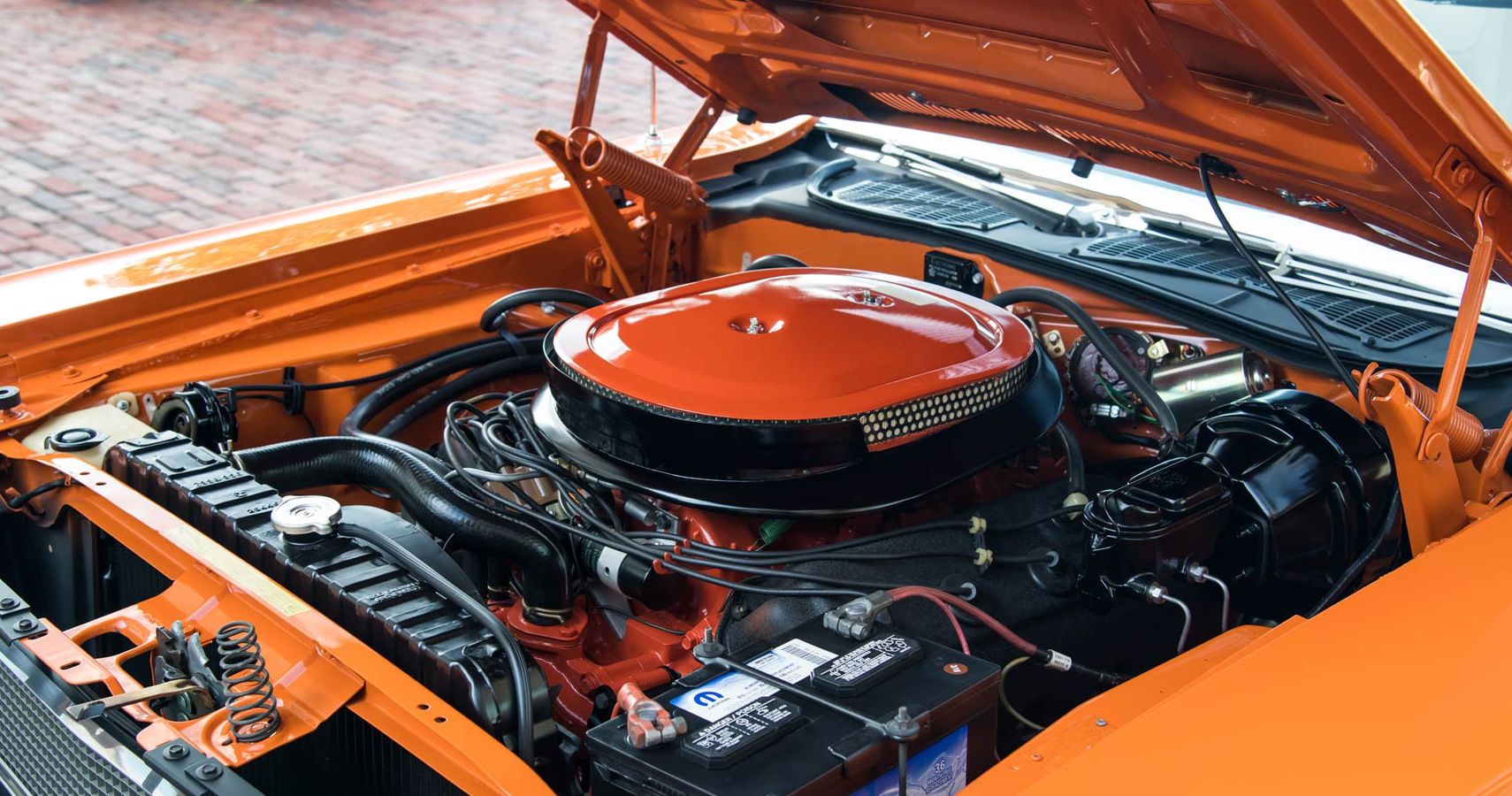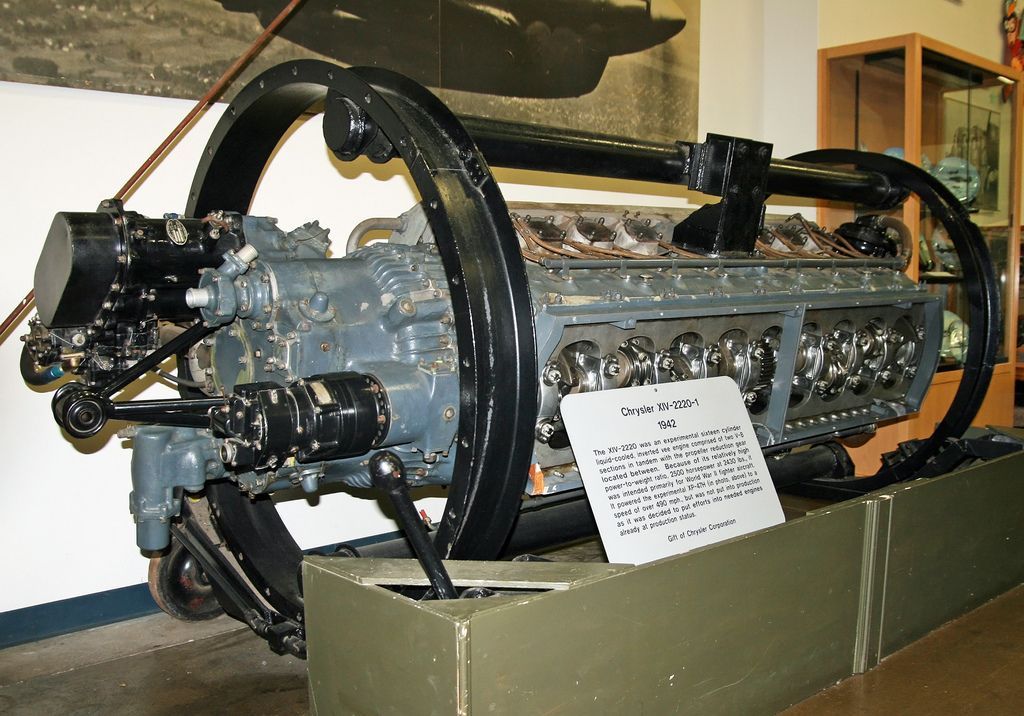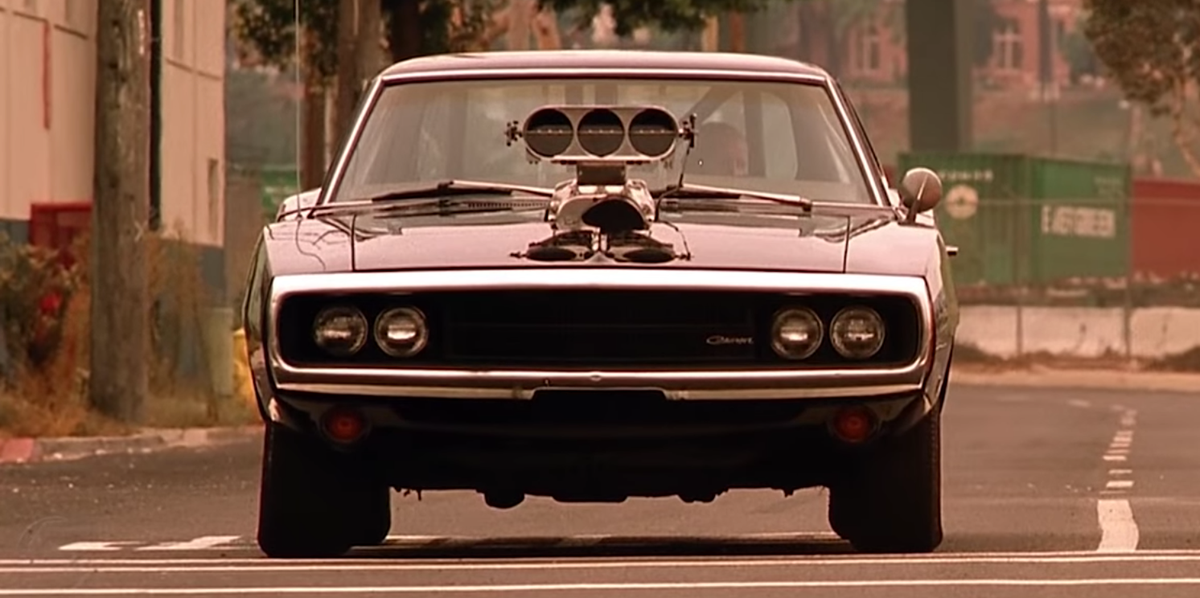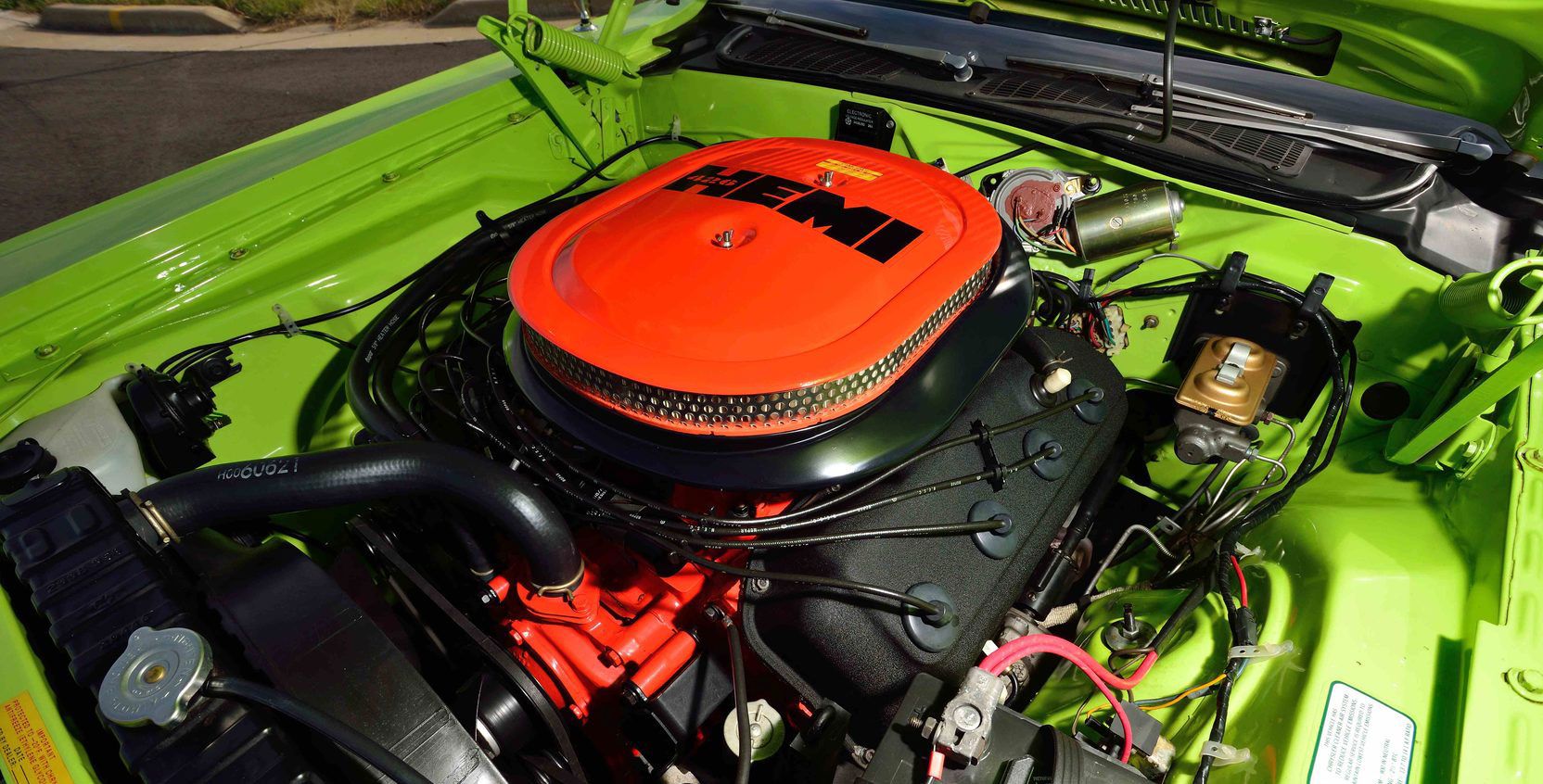While there have been a variety of Hemi engines produced since its inception in the '50s, Hemi engines are all united in their production of proper potent power. Let's be clear, these engines were made with one thing in mind: performance. Performance is prioritized above all else, justifying why so many of these engines are still used in high-performance cars today.
From a wide range of applications to constant evolution, there are a variety of reasons the Hemi engine is so well-loved, making it an actively sought-after engine for resto-mods and complete custom builds alike.
So let's go on and look at what makes this engine so special, listing some of the cars it has adorned, and the cost of purchasing some of these Hemi-powered cars.
The Unusual History of the Hemi:
As weird as it may seem, the original Chrysler Hemi engine was not built for an automotive application.
Chrysler actually made the first Hemi engines for military airplanes in the early 1940s. The massive 36-liter V16 XIV-2220 (pictured above), capable of producing 2,5000 HP, was fitted to the legendary Republic P-47 Thunderbolt warplane for testing in 1945. The plane was reported to be flying at 500 MPH, making the powerful performance of the Hemi engine a perfect match for the iconic Thunderbolt.
Unfortunately, the Hemi did not succeed as an airplane engine, as jet engines started emerging around the same time fulfilling the role of high-powered aircraft. Luckily for us, however, Chrysler did not abandon the Hemi concept, rather, further developed it in an automotive context. The first of this new generation Hemis were called Firepower engines, adorning the cars of the '50s. These 5.4-liter cast-iron overhead cylindered V8s were capable of producing 180 HP.
The second-generation Hemis, with the creation of the legendary 426 Hemi in 1964 for NASCAR racing, revolutionized V8s engines, setting the benchmark for any and every consequent V8. Thanks to the new revolutionary performance of the 426 Hemi and the wins it acquired in the Daytona 500, there was a Hemi ban enacted in 1965. A 'weaker' Hemi was made available to the public in 1966, which was tuned down to be more manageable. This monstrous 7.0-liter engine produced 425 HP from the factory and was the first to bear the Hemi emblem.
The third and current generation of Hemi engines continues to build on the established legacy, pushing the limits on performance with various new iterations. The most recognized of these is the Hellcat engine which features a 2.4-liter supercharger sitting snug on top of a massive 6.2-liter Hemi engine, pumping out 707 HP and 650lb-ft of torque.
The Creation of Preposterous Performance:
Named Hemi after the hemispherical shape of the engine's combustion chamber, the structure of the Hemi engine gives its direct performance-enhancing advantages.
So what is a Hemi engine and what makes it so special?
Basically, the Hemi engine is an engine with a hemispherical combustion chamber, which allows the spark plug to be placed directly above the piston head with the valves opening on the opposite side of the combustion chamber. This allows for greater valve size, greater airflow, less heat loss, and greater combustion pressure. Check out the video above for greater detail.
Overall, the structural makeup of the Hemi engine allows for greater utilization of fuel and air, meaning that the engine is able to create more horsepower. The maximization of power is an important aspect of muscle cars, so it is no wonder that some of the most iconic muscle cars were Hemi-powered.
Unending Array of Ultimate Utilisations:
Due to the massive power potential of Hemi engines, they have been utilized in endless high-performance projects going beyond the field of the automotive.
The 1970 Hemi engine was originally used by a variety of classic muscle cars, ranging from the Dodge Charger R/T, Plymouth GTX, Dodge Coronet, and of course the infamous Plymouth Hemi 'Cuda.
The prominence of the second-gen Hemi engine has gone beyond merely the muscle car world, penetrating Hollywood with famous Hemi-powered cars starring in Dukes of Hazard, Fast and Furious, and Vanishing Point. Dominic Toretto's '70 Charger is powered by a massive DBS-blown Hemi engine housing "900 horses of Detroit muscle."
However, if Detroit muscle isn't your thing, but still want to experience the joys of high-powered fun, the Hemi engine can still prove to be a solution. Due to the massive power potential of Hemi engines, they have been mated to a variety of vehicles, including jet boats. Mike Finnegan has created a mind-melting example of a turbocharged Hemi-powered 1,700 HP jet boat, that perfectly demonstrates the widespread performance capabilities of the Hemi engine.
The Current Costs of a 1970's Hemi:
These engines are hard to buy as engine crates, which makes pricing them significantly difficult.
However, Mecum has sold two 426 Hemi display engines for $148,500 and $209,000, their rarity significantly bumping up their value. In terms of cars for sale that contain the infamous 1970 426 Hemi engine, there are a variety of cars to choose from ranging from roughly $70,000 all the way to $300,000, with some insanely rare models fetching all the way up to $2.6 Million; a 1970 Plymouth Hemi 'Cuda Convertible of which there were only five ever manufactured.
Sources: HotCars, Mecum, Classic Cars, Hemmings, WeRMopar.com, HowStuffWorks and YouTube




